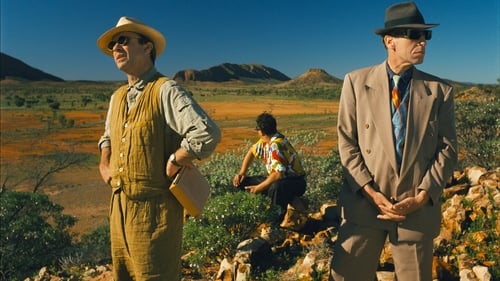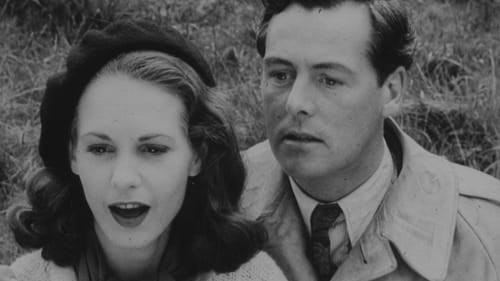
Anton Farber
In 1999, Claire's life is forever changed after she survives a car crash with two bank robbers, who enlist her help to take the money to a drop in Paris. On the way she runs into another fugitive from the law — Dr. Sam Farber, an American who is being chased by the CIA. They want to confiscate a device his father invented which allows anyone to record their dreams and visions. On the run they travel the globe from Berlin to Lisbon to Moscow to Tokyo, ending up in Australia at his father's research facility, where they hope to play back the recordings Farber captured for his blind mother.

Choreographer
Focuses on the dancer, choreographer, and composer Ernest Berk (1909-1993), who at the time the film was made was 81 years old. Using choreography and dance, but also forms of linguistic expression, the aging body and its sexuality is explored, especially the apparent discrepancy between a youthful spirit and bodily decay.

Music
Focuses on the dancer, choreographer, and composer Ernest Berk (1909-1993), who at the time the film was made was 81 years old. Using choreography and dance, but also forms of linguistic expression, the aging body and its sexuality is explored, especially the apparent discrepancy between a youthful spirit and bodily decay.

Focuses on the dancer, choreographer, and composer Ernest Berk (1909-1993), who at the time the film was made was 81 years old. Using choreography and dance, but also forms of linguistic expression, the aging body and its sexuality is explored, especially the apparent discrepancy between a youthful spirit and bodily decay.

Music
A BFI production from 1964, directed by David Gladwell, who is best known as an editor of films like Lindsay Anderson's If.... (1968) and O Lucky Man! (1973). This short was shot at 200 fps, depicting a series of pastoral scenes from a British farm, edited to produce a suggestion of violence in contrast to its visual beauty.

Leon Kavichinoff
1940s British realist film about the life and struggles of a family in a Welsh mining town.




